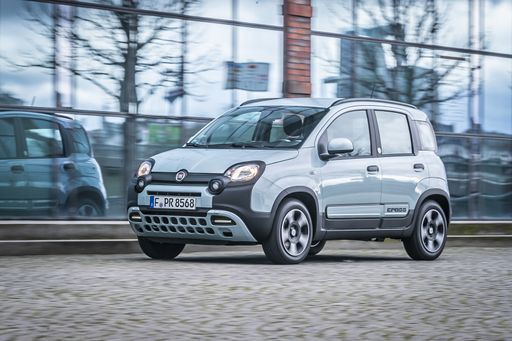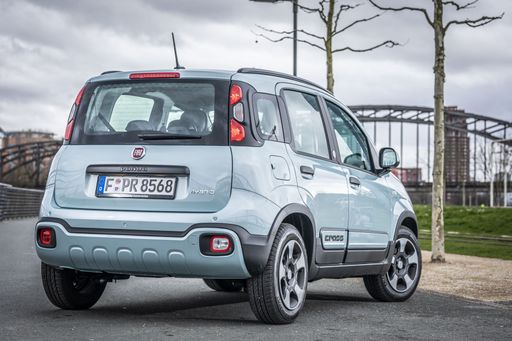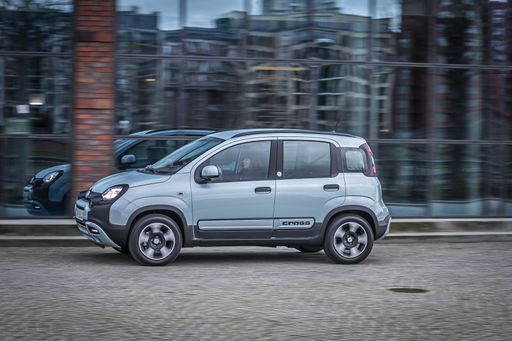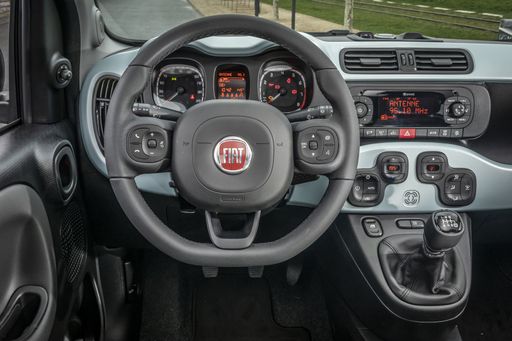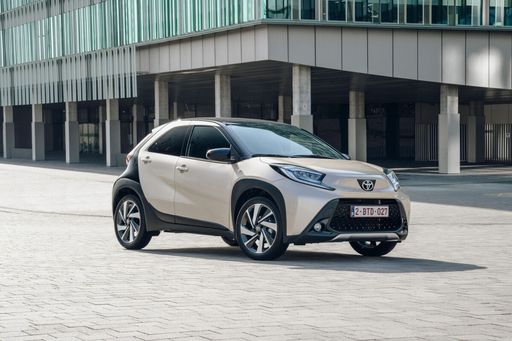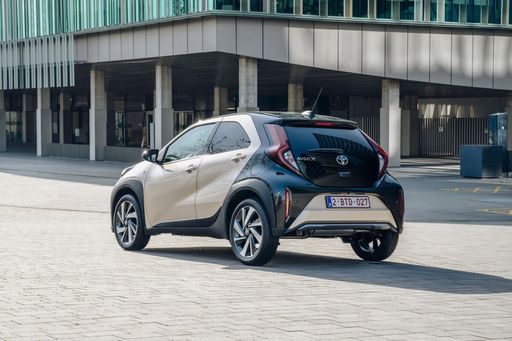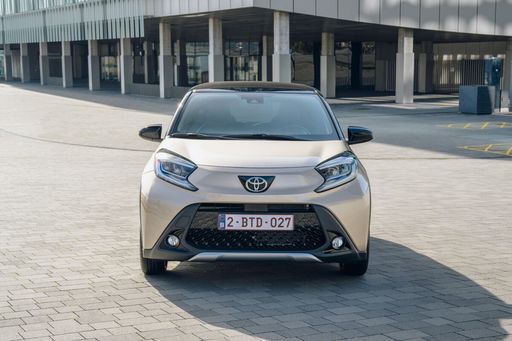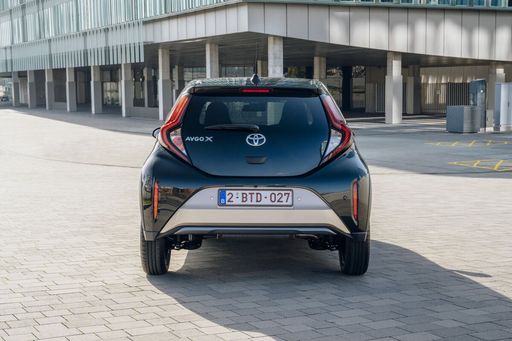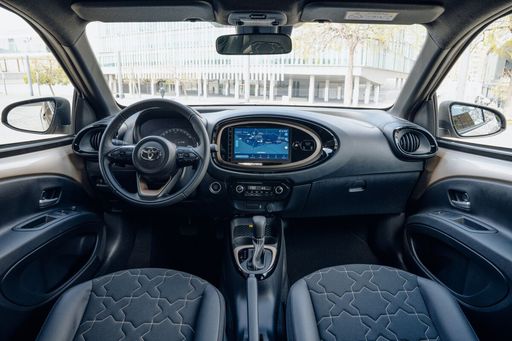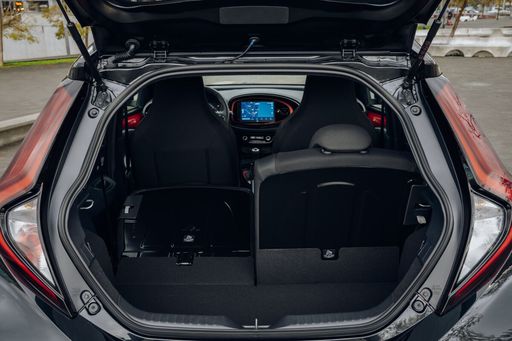Fiat Panda vs. Toyota Aygo: A Comprehensive Comparison
When it comes to city driving, compact cars are often the bread and butter of urban mobility. The Fiat Panda and the Toyota Aygo stand out in this segment, each boasting unique features and capabilities. In this article, we dive into a detailed comparison of these two popular city cars, focusing on their technical specifications, performance, and innovations.

